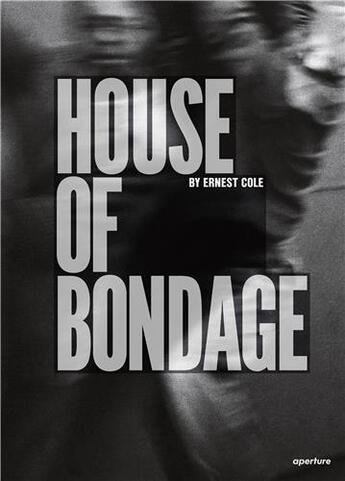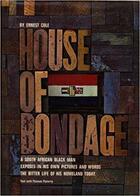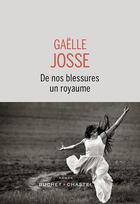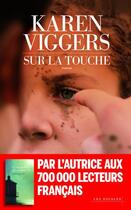-
Date de parution : 23/11/2022
-
Editeur :
Aperture
-
EAN : 9781597115339
-
Série :
(-)
-
Support :
Papier
Résumé:
First published in 1967, Ernest Cole's House of Bondage has been lauded as one of the most significant photobooks of the twentieth century, revealing the horrors of apartheid to the world for the first time and influencing generations of photographers around the globe. Reissued for contemporary... Voir plus
First published in 1967, Ernest Cole's House of Bondage has been lauded as one of the most significant photobooks of the twentieth century, revealing the horrors of apartheid to the world for the first time and influencing generations of photographers around the globe. Reissued for contemporary audiences, this edition adds a chapter of unpublished work found in a recently resurfaced cache of negatives and recontextualizes this pivotal book for our time.
Cole, a Black South African man, photographed the underbelly of apartheid in the 1950s and '60s, often at great personal risk. He methodically captured the myriad forms of violence embedded in everyday life for the Black majority under the apartheid system--picturing its miners, its police, its hospitals, its schools. myriad forms of violence embedded in everyday life for the Black majority under the apartheid system--picturing its miners, its police, its hospitals, its schools. In 1966, Cole fled South Africa and smuggled out his negatives; House of Bondage was published the following year with his writings and first-person account. This edition retains the powerful story of the original while adding new perspectives on Cole's life and the legacy of House of Bondage. It also features an added chapter-compiled and titled "Black Ingenuity" by Cole-of never-before-seen photographs of Black creative expression and cultural activity taking place under apartheid. Made available again nearly fifty-five years later, House of Bondage remains a visually powerful and politically incisive document of the apartheid era.
Donner votre avis













